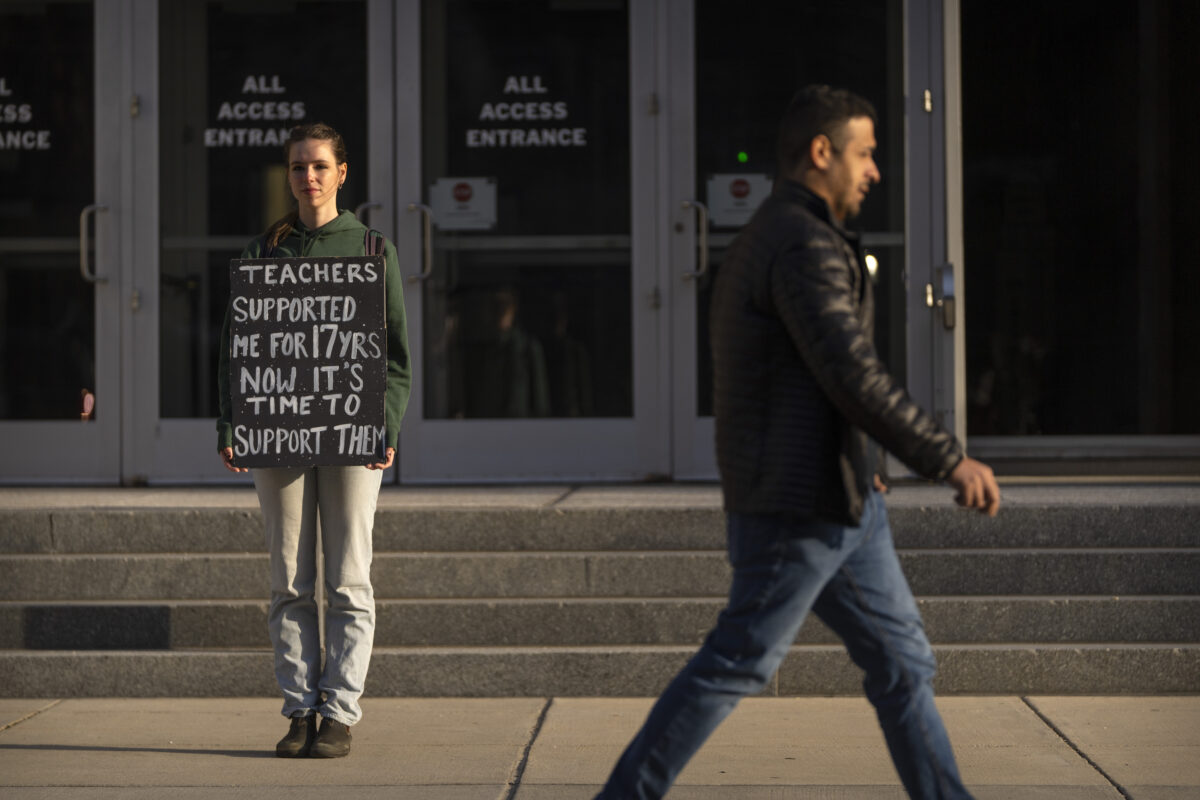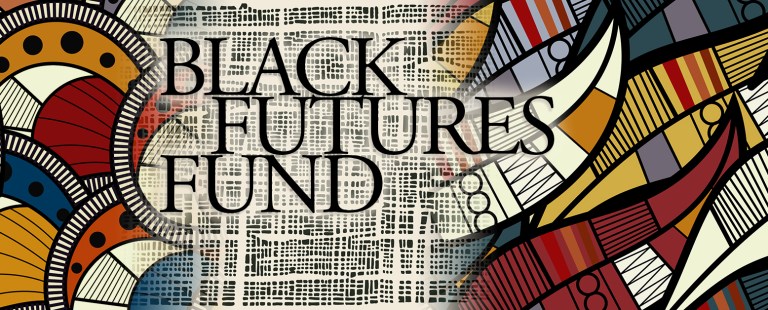By Shamani Salahuddin
On Feb. 14, the U.S. Department of Education launched marching orders threatening all public institutions to eliminate all diversity, equity, and inclusion initiatives or risk losing federal funding. This mandate left public school and university administrators wondering what this means for students’ education in the future.
DEI initiatives in schools aimed to create a welcoming environment for all students, embracing all cultures and differences. The diversity component of DEI is often at the forefront of political criticism, but the equity, and inclusion components support students with physical or learning disabilities.
Funding at risk includes Title IV, student loans, state funding for curriculum development, free or reduced-price lunch programs, and support for students with special needs.
Craig Trainor, the department’s acting assistant secretary for civil rights, issued a letter directing all entities, from day cares to universities receiving financial assistance from the U.S. Department of Education to eliminate programs and policies that “teach students that certain racial groups bear unique moral burdens that others do not.”
However, teachers and administrators find the directive vague and don’t understand how to abide by it. The directive is vague because it does not clearly define what lessons or programs are considered problematic. Here are a few reasons why they may struggle to follow it:
- Unclear Definitions – The directive states that schools should not teach that certain racial groups bear “unique moral burdens,” but it does not explain what this means in practical terms. Does it apply to lessons on historical injustices, like slavery and segregation, or only to specific classroom activities?
- Impact on Existing Programs – Many schools have diversity, equity, and inclusion (DEI) programs, and history and social studies lessons that discuss racism. Without clear guidance, educators may be unsure if these programs violate the directive.
- Fear of Misinterpretation – Administrators may worry that different people (such as parents, school boards, or government officials) will interpret the directive differently, leading to confusion about what is allowed.
- Lack of Specific Examples – The directive does not provide concrete examples of lessons or activities that should be changed, making it difficult for educators to know what adjustments, if any, are needed.
- Legal and Ethical Concerns – Teachers may feel caught between following the directive and their responsibility to teach accurate history and discuss important social issues.
Without further clarification, schools may struggle to balance following the directive with maintaining meaningful discussions about history, diversity, and fairness in education.
Cynthia Jackson-Hammond, president of the Council for Higher Education Accreditation addressed this issue on NPR’s Morning Edition. “There’s a fine line between removing programs that are considered to be discriminatory by race and removing programs that speak to a cultural or ethnicity support for students,” she said.




